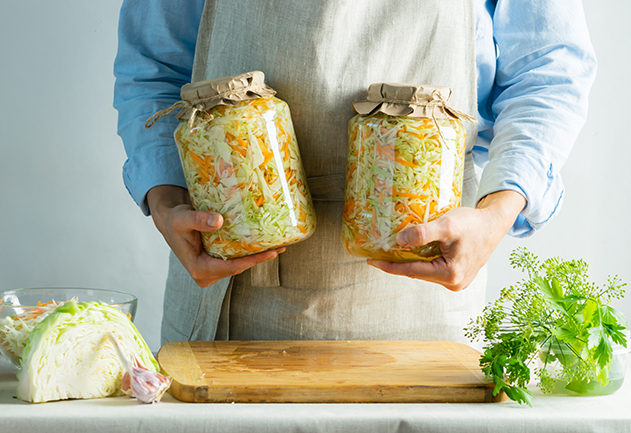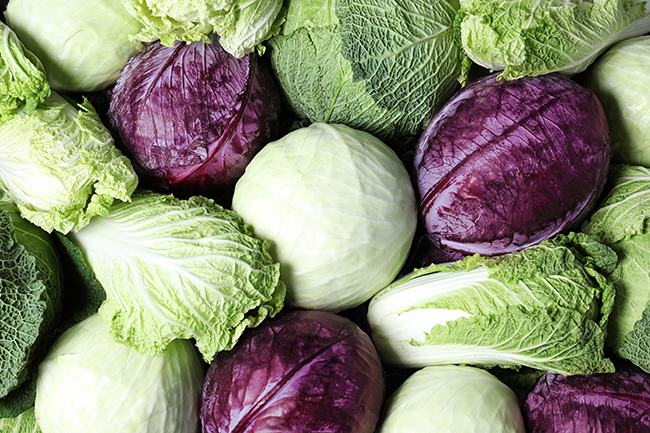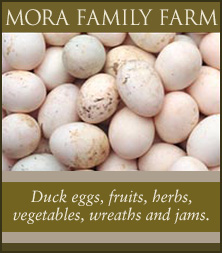Enjoy homemade sauerkraut as a delicious and probiotic-rich condiment or side dish!
INGREDIENTS:
1 medium-sized head of cabbage (green or red)
1 to 1.5 tablespoons of sea salt or kosher salt (avoid iodized salt or table salt)
Optional: Shredded carrots, caraway seeds, garlic, juniper berries, or other spices for flavoring
METHOD:
Begin by thoroughly washing the cabbage under cold water. Remove any outer leaves that appear wilted or damaged.
Quarter the cabbage and remove the core. Slice the cabbage thinly using a sharp knife or a mandoline slicer. You can also shred the cabbage using a food processor with a shredding attachment.
Place the shredded cabbage in a large mixing bowl. Sprinkle the salt over the cabbage evenly.
Massage the salt into the cabbage using your hands. This helps to break down the cell walls of the cabbage and release its juices. Continue massaging for about 5-10 minutes or until the cabbage becomes wilted and releases liquid.
If you’re adding any optional vegetables, spices, or flavorings, mix them into the cabbage now.
Transfer the cabbage and any accumulated liquid into a clean glass jar or ceramic crock. Pack the cabbage tightly into the jar, pressing down firmly to remove any air pockets.
Make certain that the cabbage is fully submerged in its liquid. If necessary, add a bit of water to ensure the cabbage is covered.
Place a weight on top of the cabbage to keep it submerged. This can be a clean rock, a smaller jar filled with water, or a purpose-made fermentation weight.
Cover the jar loosely with a clean cloth or lid. This allows gases to escape while preventing dust or insects from getting in.
Place the jar in a cool, dark place to ferment. The ideal temperature for fermentation is around 65-75°F (18-24°C).
Check the sauerkraut every day or two. Press down on the cabbage to ensure it remains submerged in the liquid. Skim off any foam or scum that may form on the surface.
Fermentation times vary depending on temperature and personal preference. Taste the sauerkraut after about a week. If it’s tangy enough for your liking, you can transfer it to the refrigerator to slow down the fermentation process. If you prefer a stronger flavor, you can let it ferment for longer.
Once refrigerated, the sauerkraut will keep for several months.





























